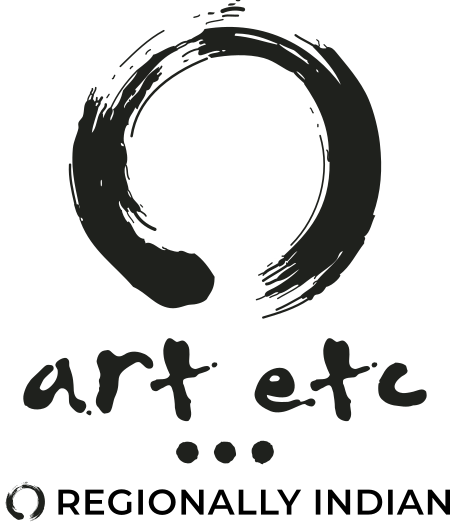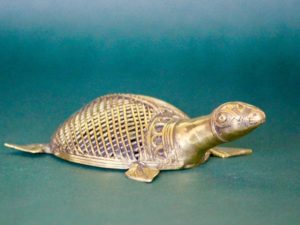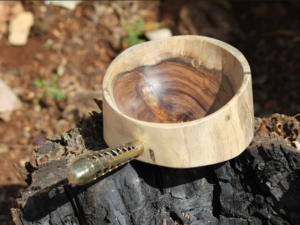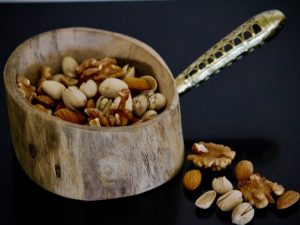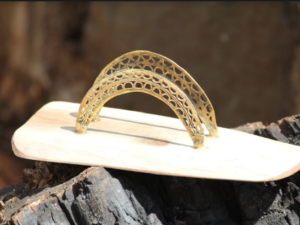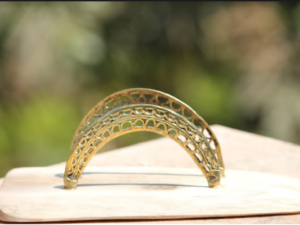The artistory of Handlooms
As our car sped through the winding roads of Coorg district towards Sagar in Karnataka we were tempted to slow down, to take in the lush green fields ..their green so vibrant that it automatically brought a beatific smile to our faces…we wondered …what is the compulsion that forces us to live in cities abandoning the simple joys of nature. Infact, the place we were heading towards was set up by one such person, well known theatre personality Prasanna, who chose to go back to his roots…in a picturesque village of Heggodu.
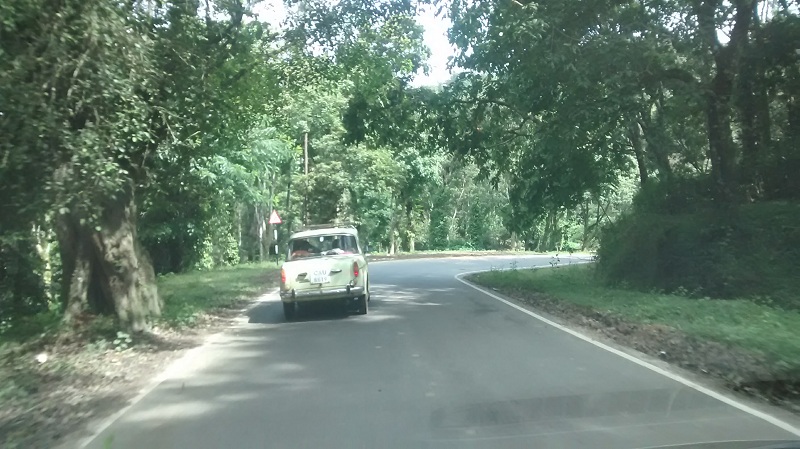
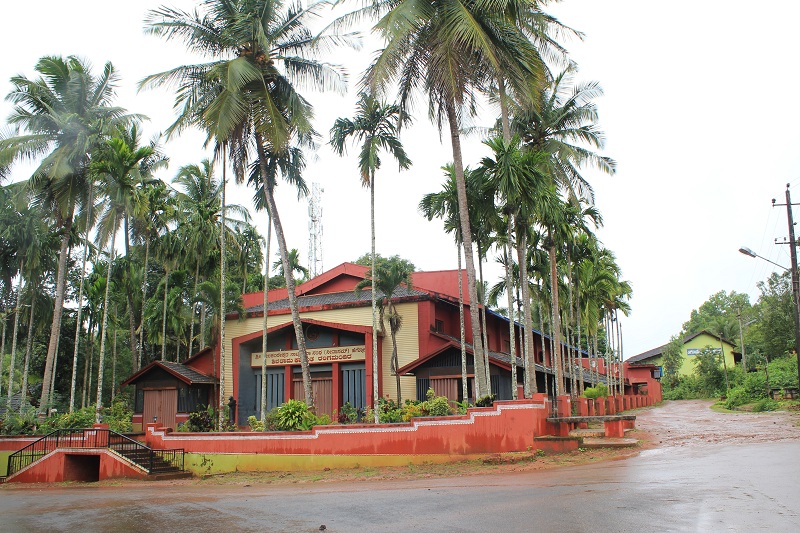
Heggodu, roughly 8 kms from Sagar, is well known for its Ninasam, a cultural center of performing arts set up in 1949 by theatre personality Subanna. Subanna had the foresight and the courage to set it up at the time when the country was going through the tumultuous period of independence and partition.
Today Ninasam is to Karnataka what the National School of Drama is to the nation…a center for creative learning excelling in the performing arts. Stalwarts of Kannada theatre and films have come from Ninasam, putting Hegoddu firmly on the cultural map.
But today Hegoddu is also known for Charaka, a cooperative society of handloom weavers. In the year 1994, a trust named “Kavi-Kavya” (Poet-Poetry) was formed. It was a literary and cultural organization active in the village. A group of educated people ran it and it was they who started Charaka.
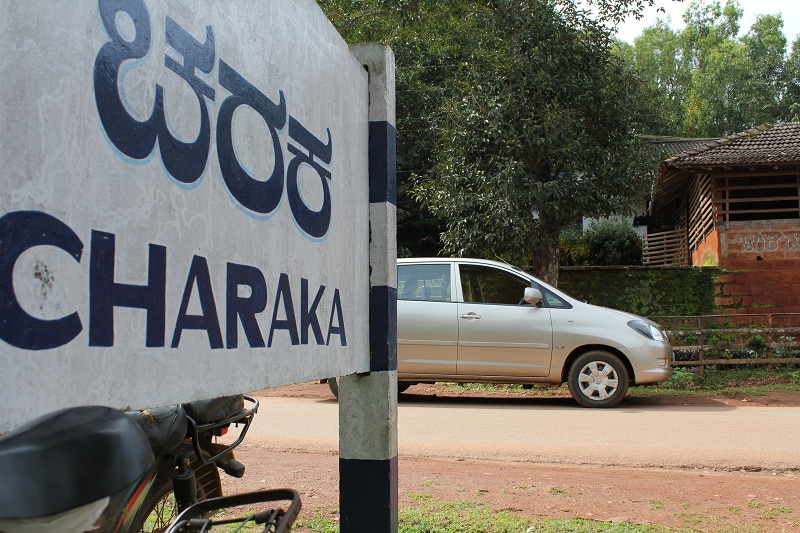
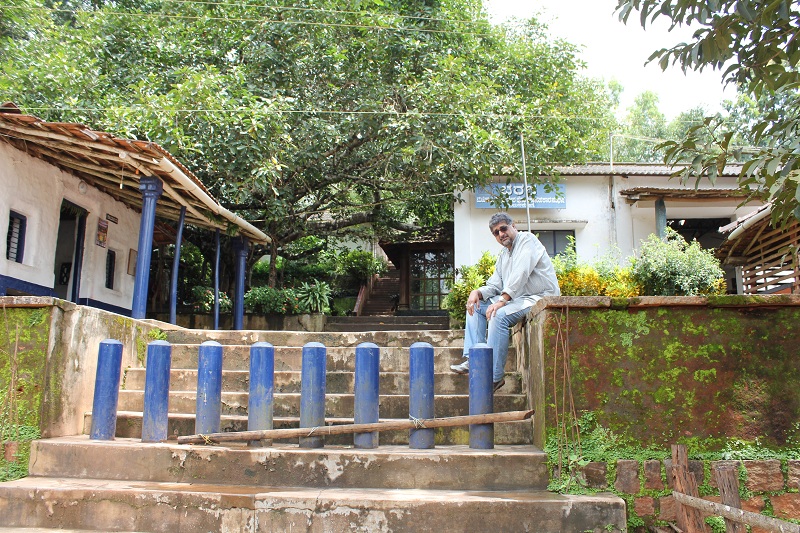
Kavi-Kavya organized a training programme for the workers of Anganawadis (Government Childcare Centres) in the villages of Shimoga District. The training was on how to use of locally available resources. Well known theatre personality Prasanna who hails from the region spear headed the movement to provide the villagers with an alternative source of income and reduce dependency on agriculture. This was the start of the process of revival of hand looms using local resources and skills. It was an uphill task as weaving was not a traditional craft of the region and the locals had to be trained in the skill of weaving handlooms. Undaunted by the challenges Prasanna and his group persisted. They battled all odds to get the project off the ground and twenty years later the Charaka women’s cooperative stands testimony to their spirit.
We had heard stories about Charaka and seen the simplicity and naturalness of their products, but nothing prepared us for the amazingly simple beauty of the place and its people.
Heggodu, the village where Charaka is located is easy to miss unless you are specifically looking for it. All the milestones in the interiors are in Kannada and the GPS misled us down a mud road,further into the interior…until we were almost inside an arecanut plantation. Fortunately, through the pouring rain we espied a villager walking with his umbrella and rolled up mundu(unstitched swathe of cloth also known as dhoti) towards our car and asked him for directions. He smiled and informed us that we were on the wrong track and would have to trace our way back to the tarred state highway no.65 and keep driving for a couple of kms till we hit the village. Soon we reached Heggodu, a picturesque quaint village with tiny tiffin cafes and grocery stores. On asking about Charaka we were promptly guided further up till we saw a prominent road sign with the name.
The Charaka center is vertically designed with the office the canteen and the kitchen on level one, the library and temple under the Banyan tree on level 2 and the store and tailoring units on level 3. It was raining gently and we noticed that the rain water was being naturally collected into large drums through well laid out network of half cut pipes. Its simplicity and beauty stemmed out of its natural surroundings and subtle use of spaces.
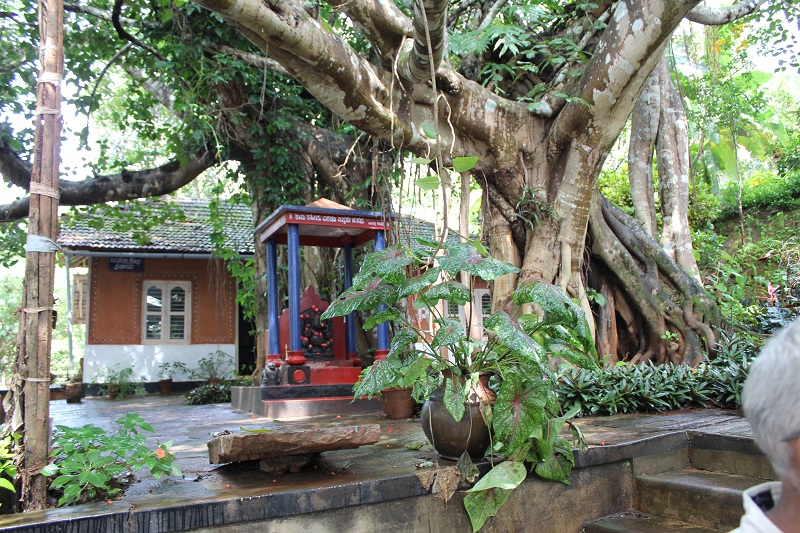
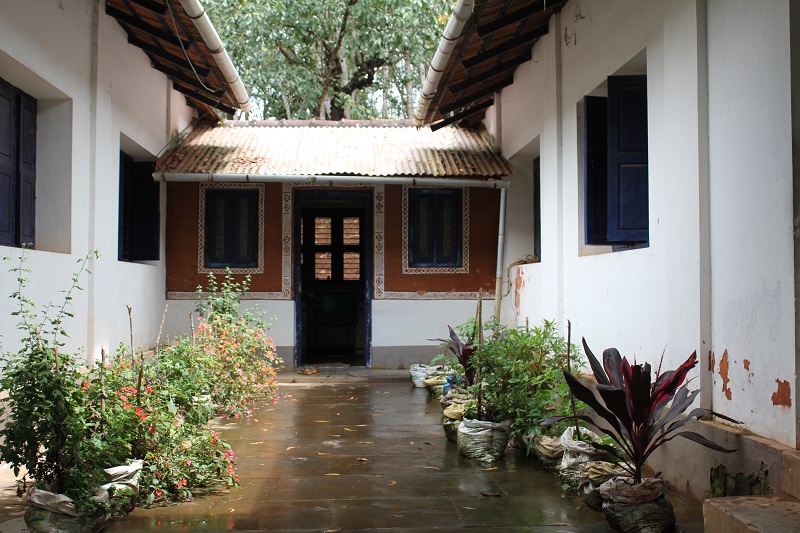
Next we headed to the Charaka store…yes it was difficult to believe that Heggodu which does not even have a restaurant has a store for handloom products! We were getting more and more impressed.
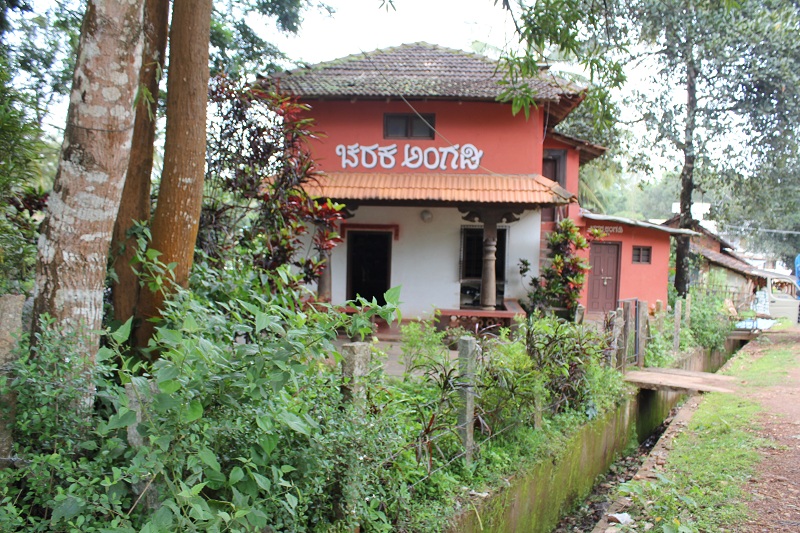
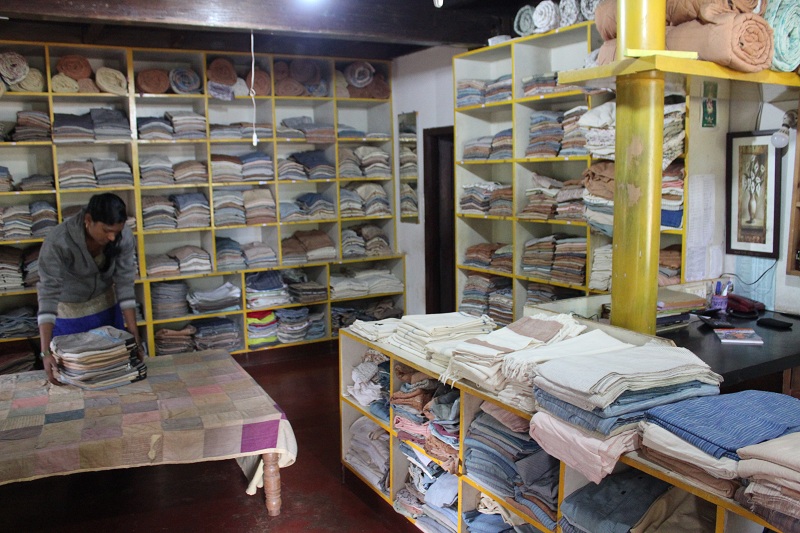
From the store we were guided to the Shramjeevi Ashram. Spread over a few acres it is laid out symmetrically in a square ..the center a garden for organic vegetables and plants and rows of rooms along the 4 sides. One side is a set of 10 identical guest rooms with basic beds and a chair each. no frills, no electrical connections…no attached baths…mud floor neatly swept. The moment we stepped in the room with our bags we felt guilty of clutter…suddenly the sparse peaceful room was full of our paraphernalia. We realized how we, in the cities tend to clutter…our mind as well as our spaces.
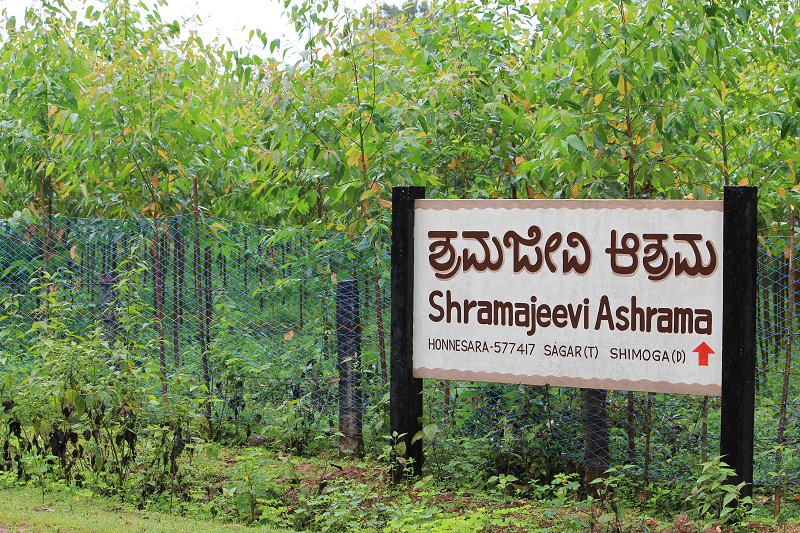
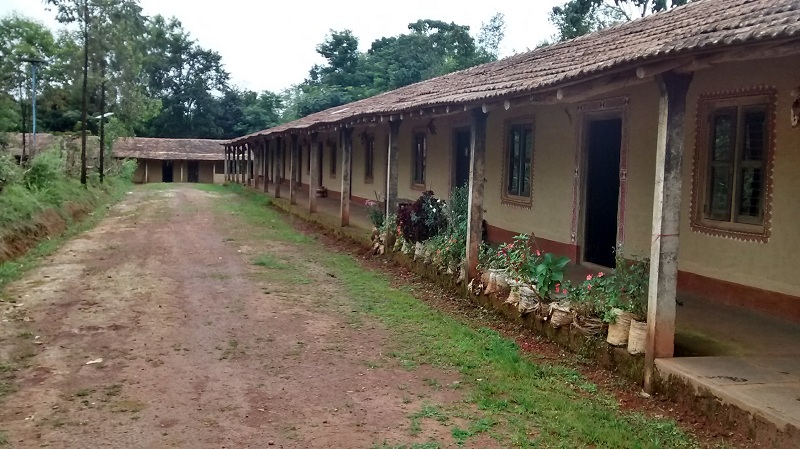
Since it was Sunday, the Ashram was completely empty. We were happy to wait and soak in the quiet. Ramesh, the manager who lived in the next village arrived shortly and showed us around. He introduced us to Venkatesh anna who he said would stay the night at the Ashram to give us company. For dinner we would have to drive all the way to Sagar as the Ashram mess was closed on Sundays and while it had a few provisions for cooking there was no gas …only the traditional chulaah…the village mud oven…dried wood for fuel.
We looked at each other…our eyes gleaming with excitement…and almost in unison we asked him if we could cook our dinner in their kitchen. Yes…on the chulaah…!! he smiled…a bit sceptical…but said to go ahead…the kitchen was all yours.
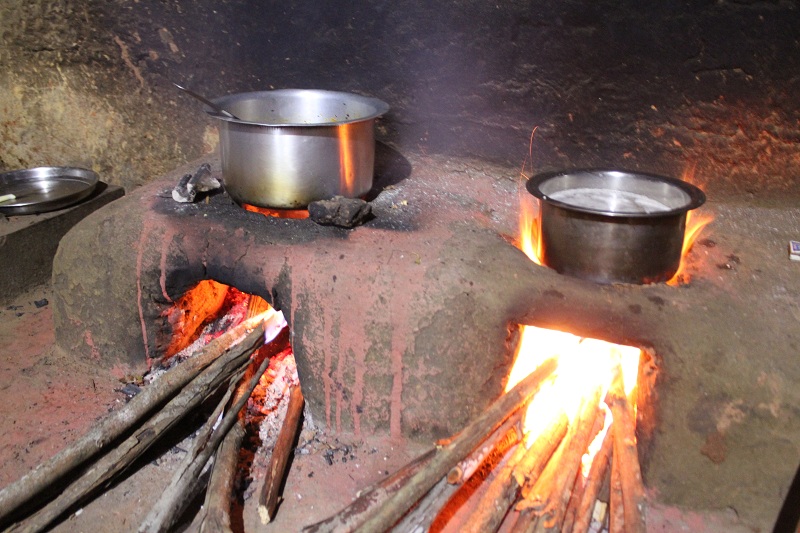
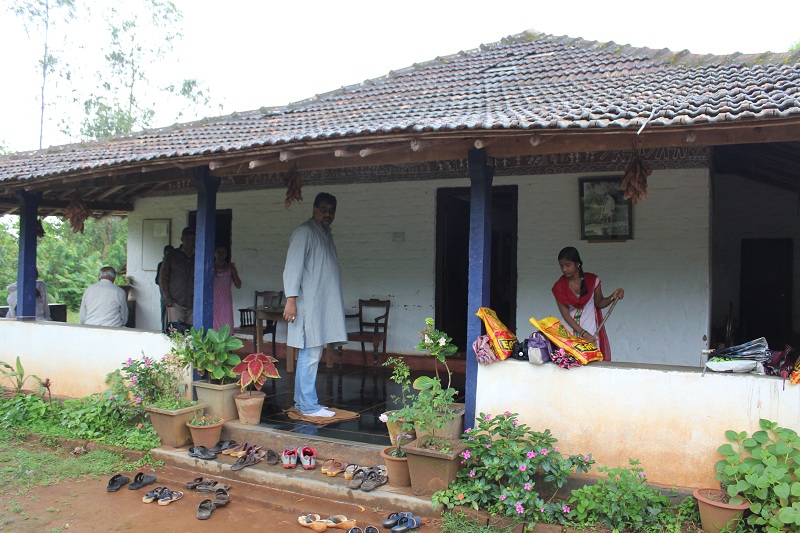
We shopped for some basic groceries and rushed back to light the fire…with dollops of help from Venkatesh Anna. Soon our veggies were bubbling joyously as was the rice. The delicious aroma of slow fire cooking filled our senses…this was bliss.
After a simple meal in candlelight we were given an emergency LED torch by the thoughtful Venkatesh Anna, in case we needed to visit the toilets at night which were at the far end away from the rooms. As we strolled on the campus under the cloudy skies the moon peeped at us hesitantly. We could hear the night creatures buzzing about and an occasional croak of a frog. We again marveled at the visionaries who could think so far ahead and work diligently towards their goal of self-sustainability and make eco conscious choices. While on global forums we talk intelligently about the environment and carbon foot print reduction etc…here was a shining example of what determined locals can achieve …and that too with no outside funding.

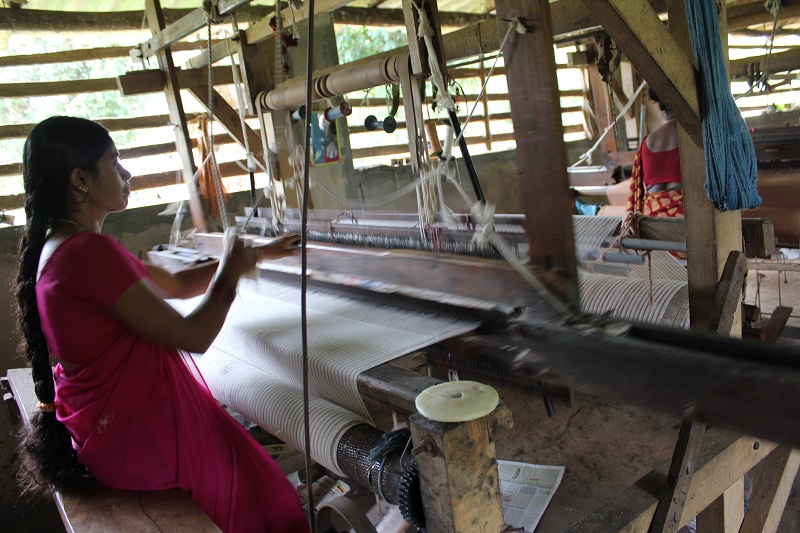
The next day after a sumptuous breakfast at the tiny local cafe we proceeded to explore each process behind the creation of a handloom product – from yarn to dying to washing to weaving to block printing/embroidery to stitching and finally to the ready apparel – all done without the consumption of electricity! It was fantastic to see how in an era of over consumptive industrial houses & giant mechanized powerlooms, here was a cooperative doing just the opposite…small and minimalistic. Reminded me of Economist E. F. Schumacher’s book ‘Small is Beautiful – A study of economics as if people mattered’
When you wear a Kurti created thus you experience the joy of true ecofashion. An assertion of our independence.
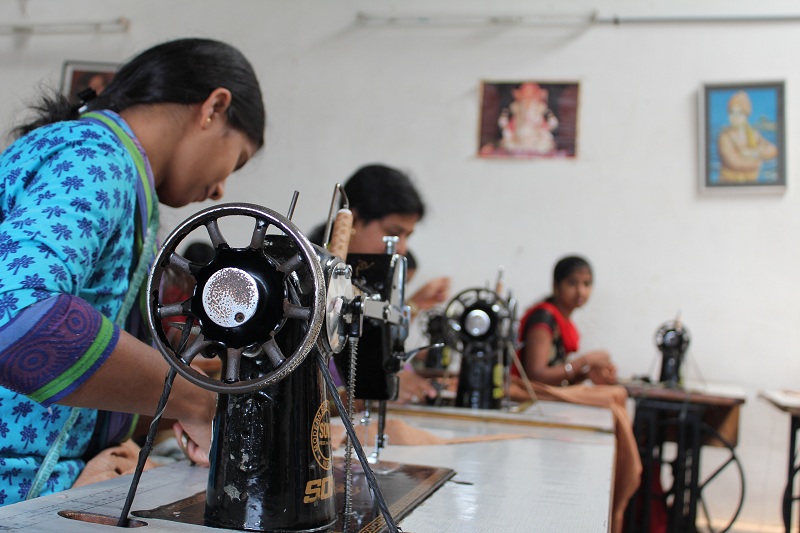
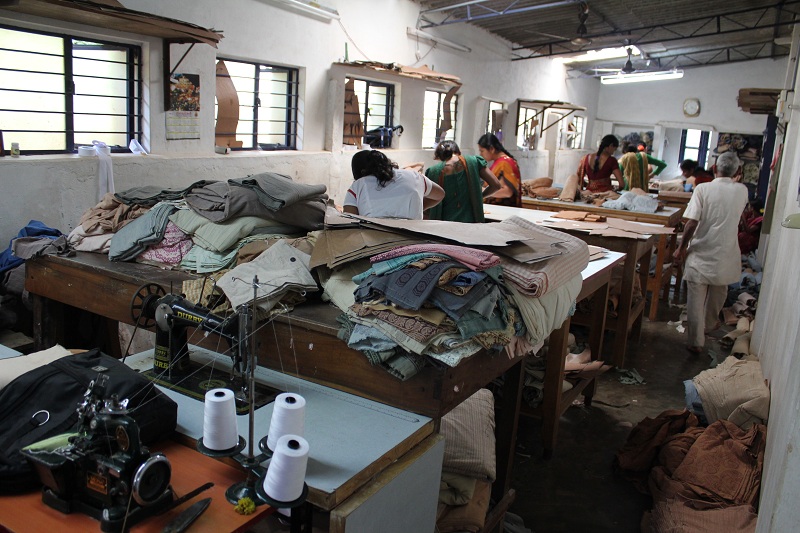
As Mahatma Gandhi who elevated the Charkha into a symbol of resistance during our Independence movement said,
“I feel convinced that the revival of hand-spinning and hand-weaving will make the largest contribution to the economic and the moral regeneration of India”
On all orders above Rs. 2000
at no additional cost
We offer high quality products
Friendly Exchange / Credit Policy
